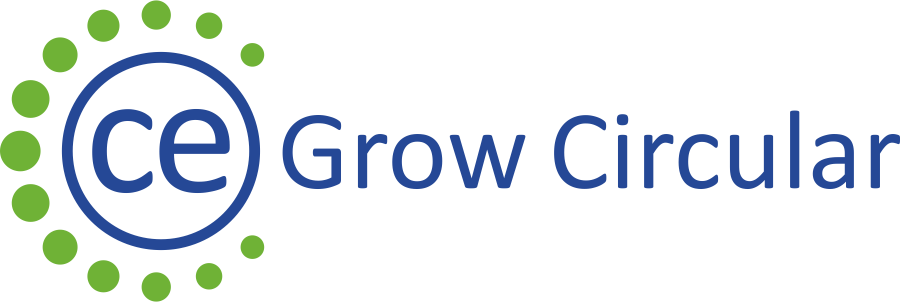CRMs in CHEMICALS AND FERTILIZERS

For example: 86% of phosphate rock is used in the production of fertilisers; 90% of white phosphorus is used in the production of detergents and other chemicals; 60% of bismuth is used in the manufacture of pharmaceuticals and other chemicals; and 54% of silicon metal is used for making silicones and silicates, 43% of antimony is used in the production of flame retardant chemicals.
Much of the CRMs used in several chemical applications are lost to the environment due dissipative use of products.
PGMs recycling from catalysts used in chemical processes achieves recycling rates of 80-90%.
In agriculture the use of secondary sources or biogenic waste (animal and agricultural by-products, food waste, wastewater) can replace the need for primary borates and phosphates (in fertilisers).
Circular Economy Action Plan proposes a revision of EU Regulation on fertilisers, to facilitate recognition of organic and waste-based fertilisers in the single market and thus encourage the recycling of bio-nutrients as fertilising products in the circular economy. From 2022 the new EU Fertilizing Products Regulation (FPR) will apply, which will change the way fertilizers are receiving the CE mark and the labelling requirements provided on the products. In the future, it will be possible to market, within the EU, a very wide range of fertilizing products such as organic fertilizers, organo-mineral fertilizers, growing media or biostimulants, provided that they comply with the environmental and safety requirements of the new legislation.


